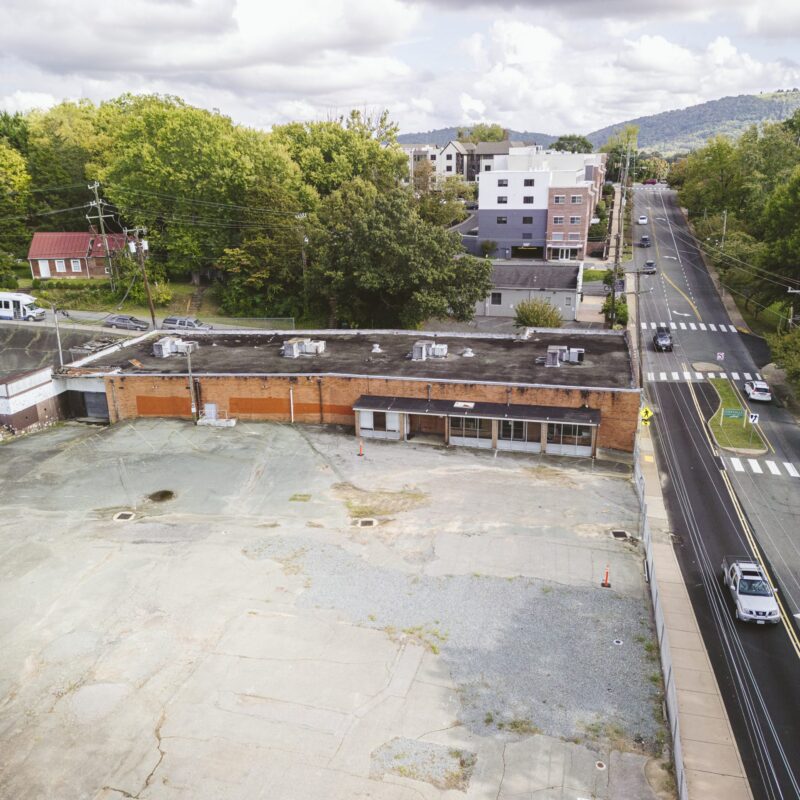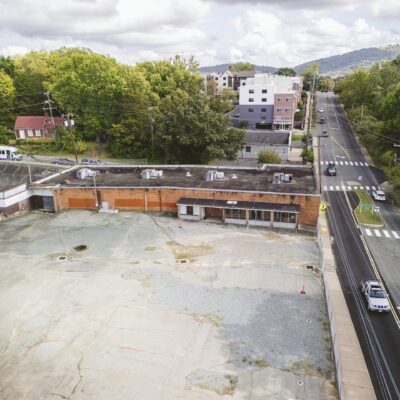Last weekend, we got a bit of green education at home—one of those moments when you directly confront your own impact on the planet.
The event had very happy beginnings. We’ve been without home laundry facilities for almost two years, and for most of that time I’ve been faithfully trolling Freecycle for a washer and dryer that we could call our own. I’ve emailed lots of people about appliances they’ve posted, but along with woodstoves (something else I’d love to get for free) washers and dryers on Freecycle are hot. You gotta be quick or you’ll never bag your quarry. So imagine my delight when we finally picked up our free, working dryer at the home of a kindly Freecycler!
We brought it home, then left two days later to visit family in another state. Over dinner, we bragged about our score. All we need now is a washer, we said. Next day, guess what my sister-in-law spots near the dumpster at her condo complex? You guessed it. A washer. We did a couple of basic tests to see if it was working, and it seemed that it was. Obviously it was our lucky week.
Once home again, my husband thought it would be a good idea to run a full test on the washer before humping it down our basement stairs. So he hooked up the garden hose and an extension cord, rigged a temporary drain line into an empty garbage can, and ran an imaginary load of laundry with the washer sitting on our back patio. Again, it performed well.

The crazy part was seeing exactly how much water goes through this thing. We ran a small load, and the drain water filled our 35-gallon garbage can to the brim. Looking at that full can of water, for both of us, solidified our desire to figure out some sort of greywater system when we install it. "No way are we putting that much water into the septic tank every week," said my husband. Indeed.
I’d love to hear from anyone who’s collecting greywater at home—from laundry, bathtubs, sinks, whatever. What’s your setup? How’s it work?



